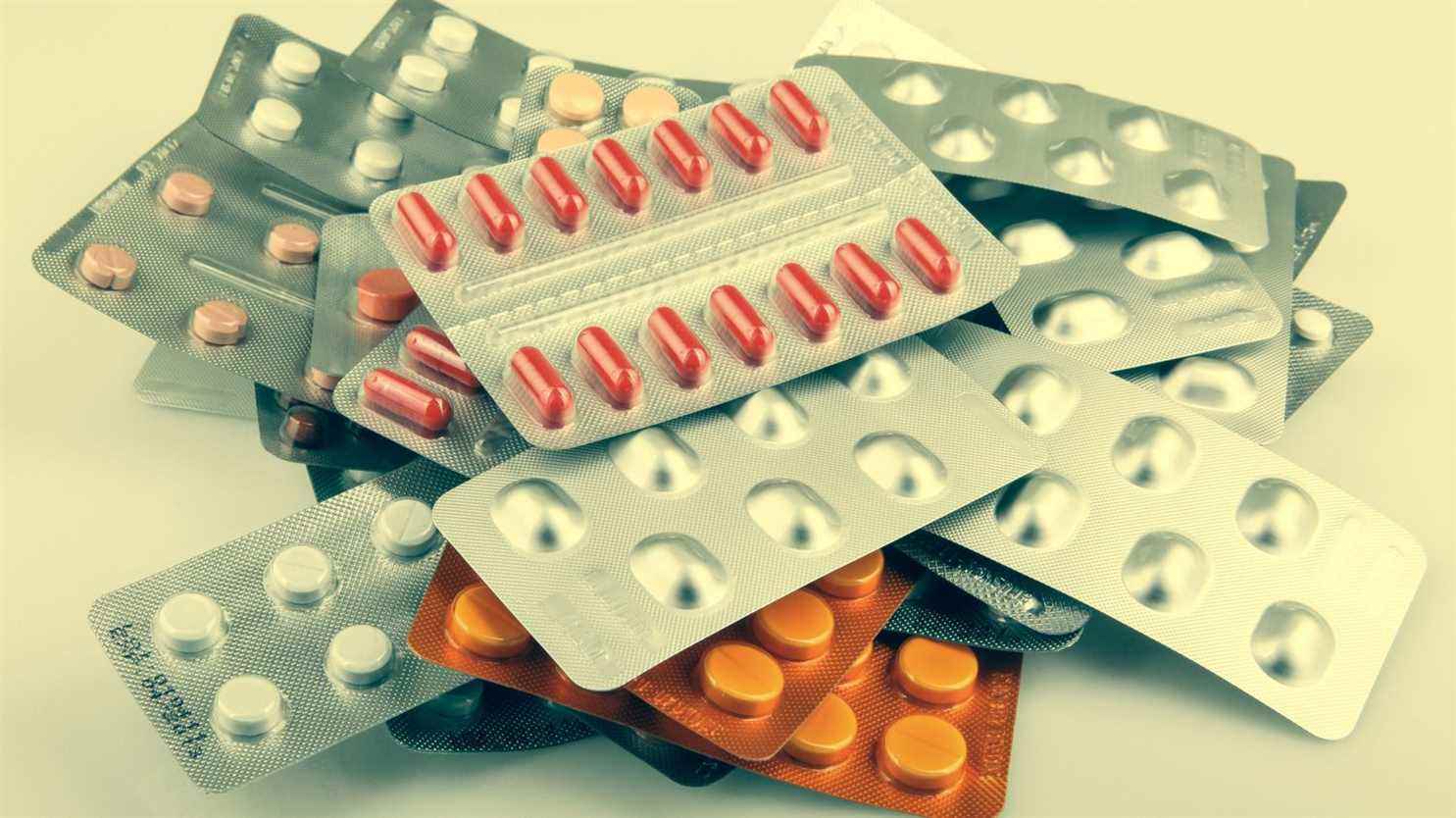Can we talk about pharmaceutical pollution in our rivers and streams? Xavier Leflaive, researcher at the OECD (organization for economic cooperation and development), head of the “water” team is the guest of Catherine Pottier.
While first-category trout fishing has just started, a major international study, published in the journal of the American Academy of Sciences, shows that pollution linked to the use of drugs affects all regions of the world. Scientists looked at 258 rivers flowing in 106 countries.
From Antarctica to Amazonian villages, via Dehli or Baghdad, everywhere there are traces of pharmaceutical substances, and France is no exception to the rule.
The analyzes focused on 61 commonly used medicinal substances such as antibiotics, anti-inflammatories, antidepressants, antidiabetics or stimulants such as caffeine. A quarter of the sites concerned would even have a level of pollution higher than that considered safe for humans and aquatic organisms.
“Pharmaceutical pollution has two origins, explains Xavier Leflaive. The first is explained by the aging of the population thanks to the evolution of medicine. We now have drug treatments that can act on chronic diseases and over a long period of time.
Part of this pollution is therefore attributable to progress in the pharmaceutical industry. It is a growing sector of 6 to 7% per year, worldwide, and in Germany, certain projections show that between 2015 and 2045, the consumption of medicines should increase by 40 to 60%. This phenomenon is essentially linked to the aging of the population.
“The second cause of this pollution is linked to the evolution of agricultural and fish farming practices which tend to use more and more veterinary products such as hormones or antibiotics”, continues the researcher. Substances that are then found in waterways.

This is the number one factor in pharmaceutical pollution. This pharmaceutical pollution occurs at several levels of the drug chain.
“At the time of manufacture, there is always a risk of an industrial accident, explains Xavier Leflaive, but this risk is lower in developed countries. Industrial accidents are much more frequent in countries like India, which is today one of the biggest manufacturers of generic drugs.”
The most frequent origin of this pharmaceutical pollution remains the consumption of drugs. It is estimated that between 30 and 90% of what we ingest is rejected in our urine or excrement, so the more drugs we consume, the more we reject!
“We must not neglect sending expired medicines to the toilet either. It is absolutely necessary to bring them back to the pharmacy to dispose of them and not to flush them with the toilet water.”
Xavier Leflaive, researcher at the OECD
In general, wastewater treatment plants do not filter these substances which are called “diffuse pollution”, therefore typically residues from agriculture and fish farming, continues the specialist. In cities, wastewater treatment plants were not designed to treat this kind of molecules.
More sophisticated technologies exist, this is the case in Switzerland in particular. There, the country has chosen to renovate a hundred water purification plants, so as to add a fourth layer of treatment. The result is effective because it makes it possible to eliminate part of this drug pollution, but the system entails a significant additional cost, in terms of investment and energy consumption.
For Xavier Leflaive, “this solution may be viable in Switzerland but absolutely not at the level of all countries on the planet.”
Everyone now agrees that this pharmaceutical pollution has consequences for the ecosystems of waterways. Several observations, in water and in the laboratory, have shown that the release of oral contraceptives into the water has led to a “feminization” of fish.
Xavier Leflaive also explains that certain psychotropics could change the behavior of fish. They become less cautious and tend to throw themselves into the mouths of their predators.
Today we know the consequences of the presence in water of residues of antibiotics or antidepressants, but we are still unaware of the multifactorization.
“We know that certain substances, completely harmless individually, will turn out to be toxic and dangerous when they combine with each other”, explains the researcher. This is called the “cocktail effect” often seen in waterways.
